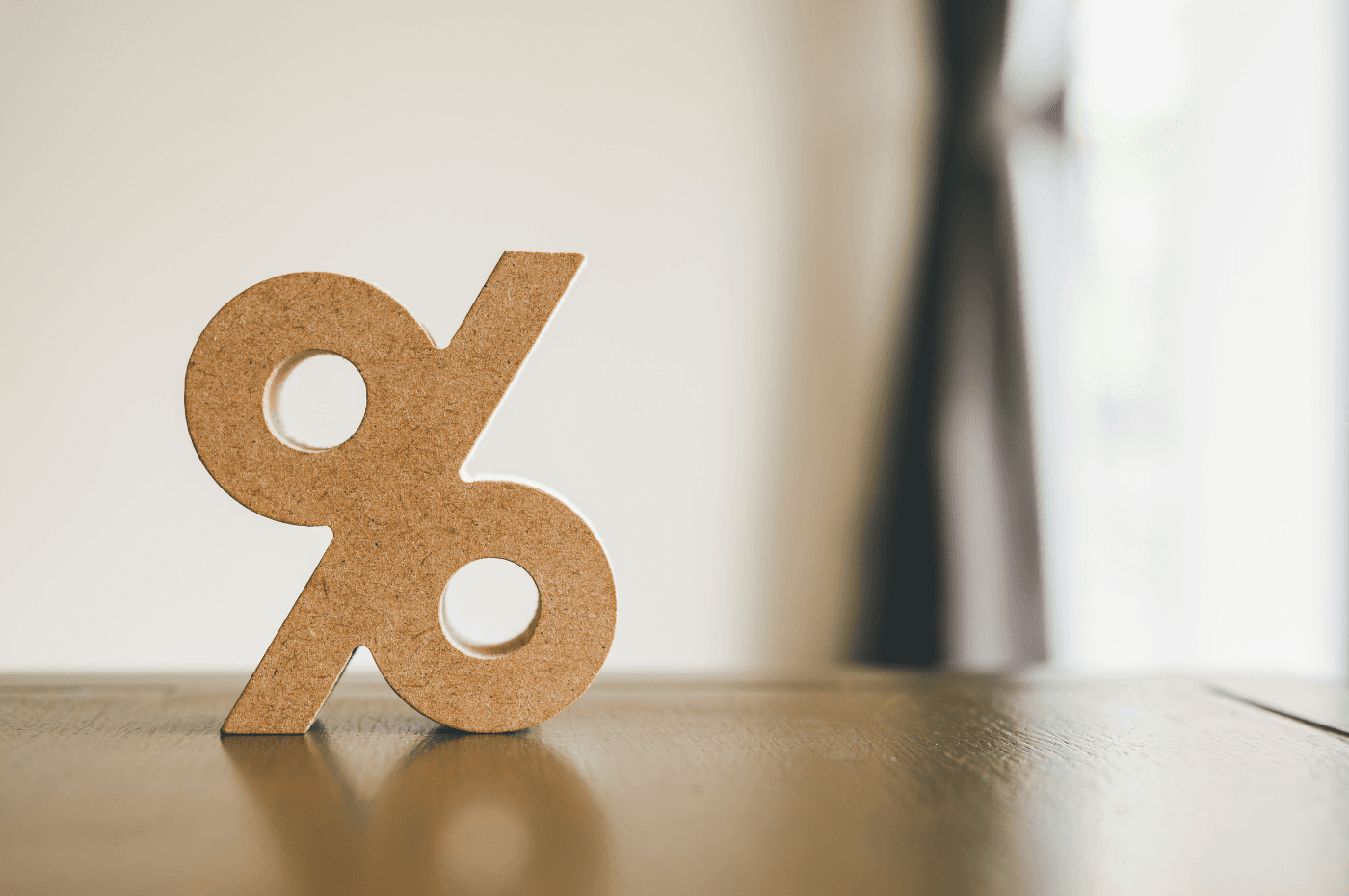The amortization period is an important factor to consider when borrowing money for a house or any other investment. In real estate, it is referred to as mortgage amortization.
But what exactly is a mortgage amortization period? What is the maximum number of years you can get? How is it calculated? These are the questions we will answer in this article.
What is mortgage amortization?
Mortgage amortization refers to the total period set for repaying your mortgage. This period is usually divided into terms of varying lengths, after which the loan conditions, such as interest rates and payments, may be renewed.
The repayment of both the interest and principal of your mortgage loan is spread over several years. The repayment is made through equal amount paid to your lender at a specific frequency, typically monthly, although payment can also be made weekly and biweekly.

What is the maximum amortization period?
The maximum period allowed for repaying your mortgage loan depends on the type of loan you have. For example, an insured loan typically has a shorter term than an uninsured mortgage.
For insured mortgages
Mortgages with a down payment of less than 20% are considered high-risk by financial institutions, and this risk is covered by mortgage insurance, often provided by the Canada Mortgage and Housing Corporation (CMHC).
As of July 9, 2012, the Department of Finance limited the maximum amortization period for which CMHC can provide insurance to 25 years.
Therefore, for insured mortgages, which are required for down payments below 20%, the typical maximum amortization period is 25 years.
Is it possible to repay a mortgage over a period longer than 25 years?
Yes, under certain conditions. In his latest budget, the federal government adjusted the maximum amortization period for specific types of loans and buyers.
As a result, first-time homebuyers purchasing new construction can qualify for a mortgage with a 30-year amortization period.

For uninsured loans
If your down payment is 20% or more of the property price, CMHC insurance is not required. As a result, you can take advantage of a longer maximum mortgage amortization period, which can extend up to 30 years with most financial institutions.
If your mortgage amortization exceeds 25 years, you also have the option to shorten it. This can typically be done by renegotiating the terms of your contract, a flexibility that most lenders offer.
Through this option, you can work with your bank to agree on a shorter amortization period in exchange for higher monthly payments and potentially a lump sum payment to pay down the loan faster.
Long or short amortization period: which should you choose?
Choosing between a long and short mortgage amortization can be a tough decision. It largely depends on the monthly payments you’re comfortable with and how long you want to spread out the repayment of your mortgage.
To help you better understand this, let’s look at the mortgage amortization table below:
| Terms | Scenario A | Scenario B | Difference |
| Loan amount | $350,000 | $350,000 | - |
| Amortization period | 20 years | 30 years | 10 years |
| Annual interest rate | 3.5% | 3.5% | - |
| Monthly payment | $2,029 | $1,571 | $458 |
| Total interest paid | $137,166 | $215,796 | $78,630 |
So, which mortgage amortization period should you choose?
The advantages of a short amortization period
It's simple math: the shorter the amortization period of your mortgage, the higher the monthly payment, but the less interest you pay overtime. As shown in the chart above, amortizing a $350,000 mortgage over 20 years results in $78,630 less in interest charges compared to a 30-year period.
Short-term amortization is often preferred for the following reasons:
- Lower interest: with a shorter amortization period, you’ll pay significantly less interest over the life of the loan.
- Faster mortgage repayment: a shorter term allows you to pay off your mortgage more quickly, giving you financial freedom sooner.
- Small initial down payment: you can contribute as little as 5% of the property’s value as a down payment, which is helpful for first-time buyers.
The benefits of long-term amortization
The main advantage of a longer mortgage amortization period is that it results in lower monthly payments. This can be beneficial for households with a limited monthly budget or for those involved in other real estate projects.
Additionally, experiences investors may choose to extend the loan period and invest the difference in monthly payments, in this case, $458, into more profitable opportunities, provided that the interest rate differential makes this a worthwhile strategy. This approach allows for potentially higher returns on investments while maintaining a manageable monthly financial commitment.

How to calculate your monthly payments?
To calculateyour monthly payment, three key factors are taken into account: the loan amount, the loan term, and the annual interest rate.
You can easily create your own mortgage amortization table using an Excel sheet or an online calculator. To better understand the process, let’s look at an example using the data from Scenario A in the previous table:
- Loan amount: $350,000
- Annual interest rate: 3.5%
- Mortgage amortization period: 20 years
- Monthly payment: $2,029
The monthly payment is calculated using the following steps:
-
First, convert the annual interest rate into a monthly rate. Since there are 12 monthly payments in a year, divide the annual rate by 12: 3.5% ÷ 12 = 0.29%.
-
Next, multiply the loan balance by this monthly rate: $350,000 x 0.29% = $1,015 in interest.
-
From your monthly payment, $1,015 goes toward interest, leaving $1,014 to pay off the principal: $2,029 - $1,015 = $1,014.
These steps are repeated for each subsequent monthly payment, each time subtracting the principal repaid from the remaining loan balance. For example, the second payment would be calculated as follows:
-
Remaining balance: $350,000 - $1,014 = $348,986.
-
Interest: $348,986 x 0.29% = $1,012.06.
-
Principal repaid: $2,029 - $1,012.06 = $1016.94
For the third payment:
-
Remaining balance: $348,986 - $1,016.94 = $347,969.06
-
Interest: $347,969.06 x 0.29% = $1,009.11
-
Principal repaid: $2,029 - $1,009.11 = $1,019.89
And so on…
To clarify, the periodic rate and monthly payment in this example have been rounded. However, it is important to use the full value of each component for more accurate and realistic calculations.
Are you looking for a mortgage broker?
XpertSource.com can help you in your efforts to find a mortgage broker. By telling us about your project, we will refer you to top-rated experts, free of charge! Simply fill out the form (it only takes 2 minutes) and you will be put in contact with the right experts.





